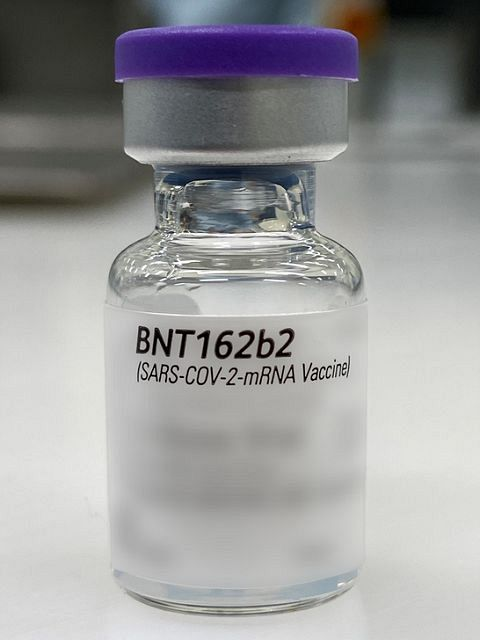
COVID-19:横滨市立大学,突变株的中和抗体调查:辉瑞疫苗有效
横滨市立大学:
横滨市立大学对COVID-19突变菌株进行了中和抗体调查。
发现“约90%的接受辉瑞疫苗的人”“具有针对新电晕突变株的中和抗体”。
接种后收集血液:
在横滨市立大学
接受辉瑞疫苗的105人
第一次接种后两周
第二次接种后一周采血。
研究8个菌株:
常规的“武汉式”和
英式突变菌株,
印度型突变株等
我们调查了“是否已针对8个菌株建立了预防感染的中和抗体”。
建立的中和抗体:
第一次接种后,中和抗体的建立存在差异。
但是,在第二次接种疫苗后,“ 89%的人已经建立了针对所有八种菌株的中和抗体”。
横滨市立大学:山中教授
他说:“我们对建立牛群豁免权寄予厚望。”
山中教授:
“超过90%的人拥有中和抗体”被认为是“牛群免疫的有希望的结果”。
现有的疫苗可用于应对当前peplomer中的突变。
将来,即使半年或一年后,我们仍将继续调查该疫苗是否有效。
横滨市立大学开发的研究技术
将专有技术转让给私人机构,
我也想为调查新的突变菌株做准备。
电视新闻墙| OPEN YOKOHAMAMA频道
https://www.tvk-kaihouku.jp/news_wall/post-8039.php
Rapid detection of neutralizing antibodies to SARS-CoV-2 variants in post-vaccination sera
Abstract
The uncontrolled spread of the COVID-19 pandemic has led to the emergence of different SARS-CoV-2 variants across the globe.
The ongoing global vaccination strategy to curtail the COVID-19 juggernaut, is threatened by the rapidly spreading Variants of Concern (VOC) and other regional mutants, which are less responsive to neutralization by infection or vaccine derived antibodies.
We have previously developed the hiVNT system which detects SARS-CoV-2 neutralizing antibodies in sera in less than three hours.
In this study, we modify the hiVNT for rapid qualitative screening of neutralizing antibodies (nAb) to multiple variants of concern (VOC) of SARS-CoV-2,
and assess the neutralizing efficacy of the BNT162b2 mRNA vaccine on seven epidemiologically relevant SARS-CoV-2 variants.
Here we show that the BNT162b2 mRNA vaccine can activate humoral immunity against the major SARS-CoV-2 mutants that are currently in circulation.
Albeit a small sample size, we observed that one dose of vaccine was sufficient to elicit a protective humoral response in previously infected people.
Using a panel of seven SARS-CoV-2 variants and a single prototype virus,
our modified hiVNT would be useful for large-scale community wide testing to detect protective immunity that may confer vaccine/immune passport in the ongoing COVID-19 pandemic.
https://www.medrxiv.org/content/10.1101/2021.05.06.21256788v1